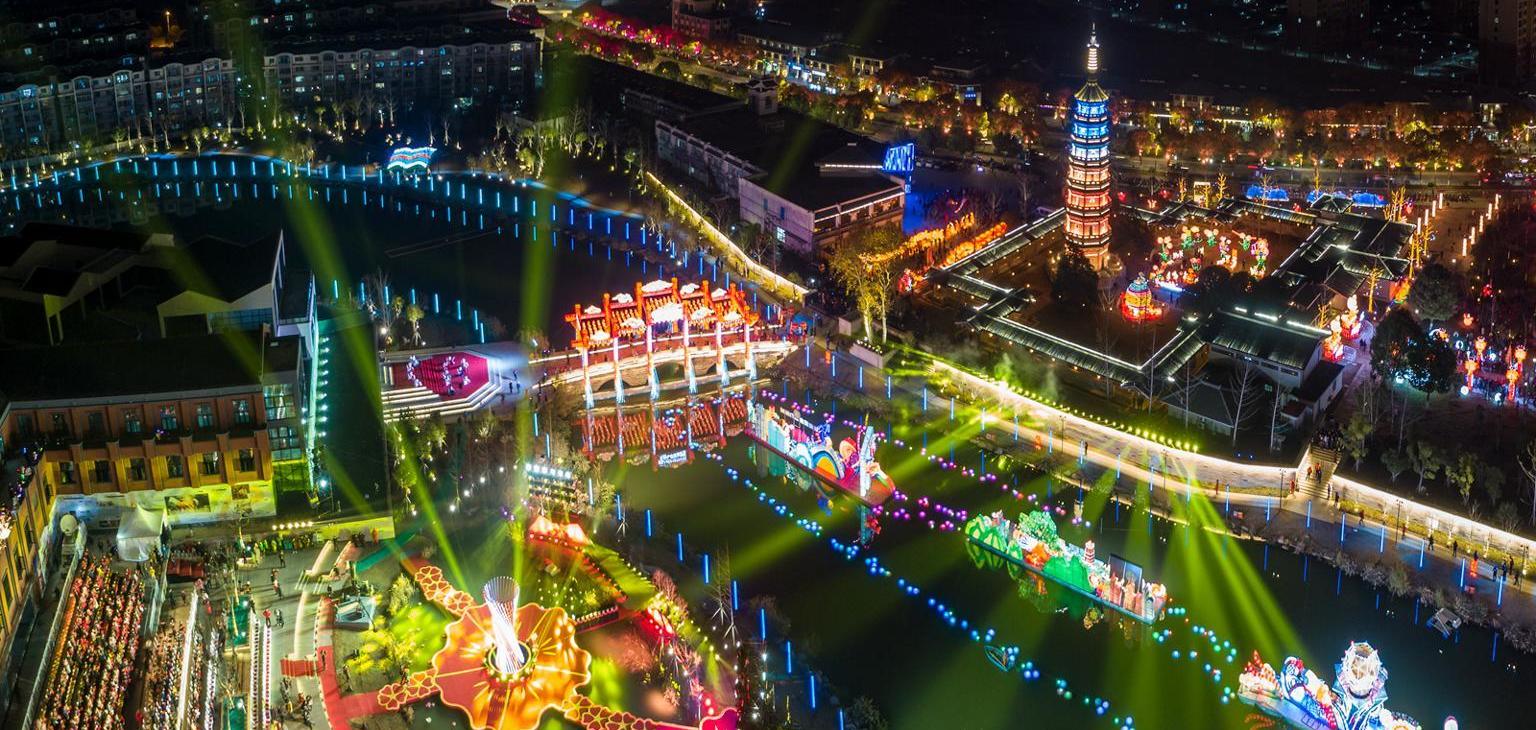 Home of Lishui
Home of Lishui Lishui News
Lishui News Cultural tourism
Cultural tourism
 Investment cooperation
Investment cooperation
 About Lishui
About LishuiCurrent position: English > About Lishui > History and culture
Lishui has a long history and profound cultural heritage. Human beings existed as early as 10,000 years ago. In the 11thyear of Emperor Wen’s resign of Sui Dynasty (591), Lishui County was established in the northwest of Liyang and the east of Danyang (now little Danyang in Jiangning), which was the beginning of the establishment of the county. Li Bai, the Tang Dynasty poet, Yan Zhenqing, the calligrapher, and Han Xizai, the Southern Tang Dynasty statesman, have left their footprints and created poems in Lishui. Cui Zhiyuan, a poet from Korea in the Tang Dynasty, once served as a county official in Lishui; Zhou Bangyan, a poet in the Song Dynasty, once served as a county magistrate in Lishui; Yu Li, a scholar of Lishui in the Northern Song Dynasty, once served as Minister of the Board of the War, and Wu Qianguan, a scholar of Lishui in the Southern Song Dynasty, served as the Left Prime Minister.
In the year of Zhenyuan (1295), Lishui was upgraded to a state, and in the second year of Hongwu’s resign of the Ming Dynasty (1369), it was changed back to a county. In the fourth year of Hongzhi’s resign of the Ming Dynasty (1491), Gaochun County was established in the southwest. Qi Tai from Lishui, once served as the Minister the Board of the War in the Ming Dynasty and was one of the "four outstanding scholars of the early Ming Dynasty". In 1645, Lishui belonged to Jiangning of Jiangnan province. During the reign of Emperor Kangxi of the Qing Dynasty (1662-1722), Tang Peng is from Mingjue Lishui whose iron painting has been praised by the world. From the first year of the Republic of China (1912) to the third year of the Republic of China (1914), Lishui successively belonged to Nanjing and Jinling. From 1929 to 1949, Lishui belonged to Jiangning district, Liyang district and the first administrative supervision district of Jiangsu Province.
In June 1938, the New Fourth Army arrived in Lishui, which became a strategic base in southern Jiangsu. Xiang Ying, Chen Yi, Su Yu, Tan Zhenlin, Deng Zihui, Zhang Dingcheng, Fu Qiutao, Tao Yong, Wang Bicheng, Jiang Weiqing, Zhong Guochu and other New Fourth Army generals commanded the southern Jiangsu troops in Lishui during the Sino-Japanese War.
In 1941, the Communist Party of China established the Counter-Japanese democratic regimes of Lishui (later changed to Ligao), Jiangliju(later changed to Jiangning) and Jiangdangli (later changed to Hengshan) in the county to organize and lead the Counter-Japanese movement. At the end of the same year, the 16thbrigade of the sixth division of the New Fourth Army and the leading party and government organs of southern Jiangsu moved to Lishui.
In 1942, Lishui became the central area of the people's Counter-Japanese struggle in southern Jiangsu under the leadership of the Communist Party of China. On April 25, 1949, Lishui was liberated, belonging to Zhenjiang District. It was then belonging to Changzhou District in 1958 and Zhenjiang District again on September 9, 1959. In January 1983, it was assigned to Nanjing.
On February 19, 2013, Lishui County was abolished and Lishui district was established.
Lishui district is rich in cultural heritage, and its Putang bridge is the national key cultural relics protection unit. Provincial cultural relics protection units include Yanzhi River, Tiansheng Bridge, Changle Bridge, Songying Tomb, Yongshou Temple Tower and Wei Mound Tombs. The municipal cultural relics protection units include the cliff stone carvings of Wuxiang Temple, the Wei ancestral temple in Shiqiu Street, the Zhu ancestral temple and Yang ancestral temple in Hefeng Town, the Rui ancestral temple in Honglan Street, the Liu ancestral temple in Jingqiao Town, the Qiuhushan mining site, the Huangjia ancient well, the Xie ancestral temple, and the Dajinshan Anti-Japanese base area in Lishui. The district level cultural relics protection units include Huifeng Mountain Immortal Cave, Huifeng Mountain Site of Military against the Diehard Campaign in southern Jiangsu, Yongchang Bridge, the Zhao ancestral temple, Lixiang Revolutionary Site, Xianxun Temple, the Fan ancestral temple, Qiu's Family Ancestral Hall, Yiqi Mound, the Jin Bubbling Well, Shishan Site and the Source of Qinhuai. There are 40 intangible cultural heritage protection projects. Among them, there are 1 national project (Luoshan Dalong), 3 provincial projects (Putang Bridge Temple Fair, Dangdang Dance and Shehuo,a Chinese Folk Performance), 3 municipal projects (Mingjue iron painting, the Yudai Cake making technology and Dawujian, a Chinese Folk Performance) and 33 district projects.


Copyrigh 2008-2022Nanjing LiShui district people's government